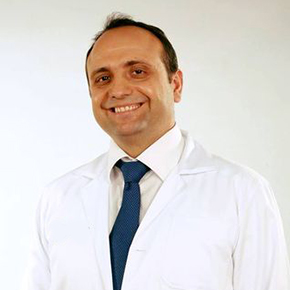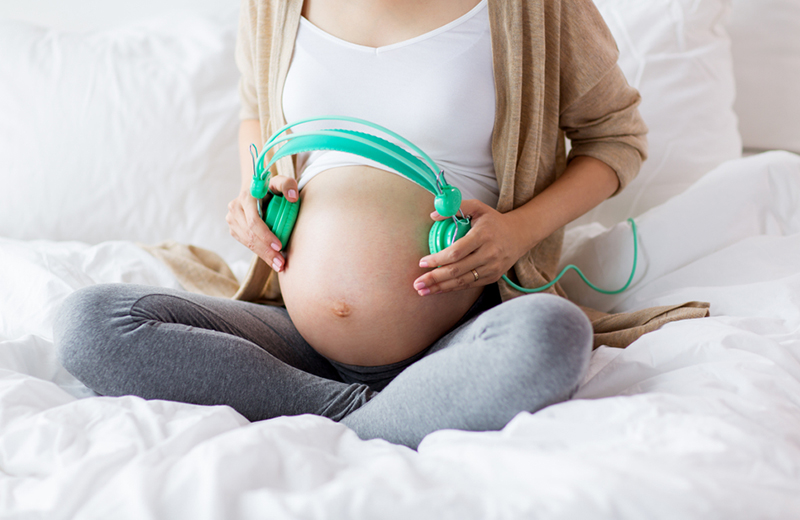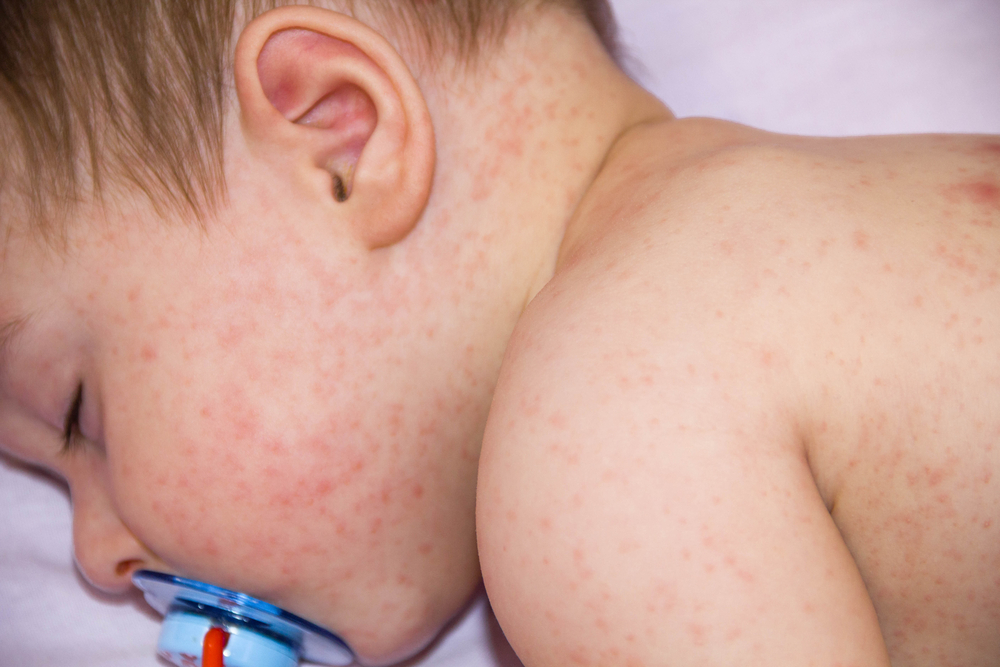Infertility

What do we mean by Infertility?
Infertility is defined as the inability to conceive after 12 month of frequent unprotected intercourse, and it affects about 14% of couples.
The term infertility can be misleading and therefore is replaced with the term sub-fertility which is a better term to use to explain this condition, especially since most couples with infertility do get pregnant and have children in the end.
Another important term we need to clarify is fecundability, and it is defined as the probability of getting pregnant in a single menstrual cycle.
Fecundability depends on multiple factors, the most important of which is the age of the woman. Therefore, the older the woman, the lower is the fecundability.
The decline in fecundability is well noted above the age of 30, and it becomes more significant after the age of 38. Another important factor that affects fecundability is the frequency of intercourse, especially during the fertile window ( 2 days before ovulation and three days after).
Therefore, the infertility evaluation should be undertaken for the couples who have not been able to conceive after 12 months of unprotected and frequent intercourse. However the evaluation should take place at an earlier time for women over the age of 35, and also for women who have low ovarian reserve.
Causes of infertility
There are several factors that can cause infertility, some of them are related to males and some related to females:
-
Factors related to males:
26 percent of the reasons are related to males, and they include problems related to sperm count or quality.
-
Factors related to Females:
and they include:
-
Ovulatory dysfunction:
which usually means infrequent ovulation or decreased ovarian reserve. It constitutes 21% of the reasons behind infertility.
-
Tubal damage:
which means the presence of blockage or damage in Fallopian tubes, and it constitutes 14% of the reasons behind infertility
-
Endometriosis:
A disease which causes inflammation in the endometrium and consequently affects pregnancy rates. It constitutes 6% of the reasons behind infertility.
-
Unexplained cases:
They constitute 33 percent of the infertility cases.
The term infertility can be misleading and therefore is replaced with the term sub-fertility which is a better term to use to explain this condition, especially since most couples with infertility do get pregnant and have children in the end.
Tests and Examinations
The following tests are useful and are usually requested from most couples dealing with infertility:
Tests for males:
Semen analysis is requested to assess if there are factors related to the husband. The husband will have to provide a semen sample, usually in the lab. The sample will be analyzed in regard to volume and concentration of semen, and the motility and morphology of the sperms.
Tests for females:
Assessing the factors related to the female is a more complex process, and it includes the following:
1- Documentation of ovulation
Documentation of ovulation is done either by:
-
Doing a urine test of LH (Lutenizing hormone) prior to ovulation:
the acute rise in this hormone is responsible for triggering ovulation.
-
Assessing the level of the progesterone hormone during the Luteal phase to assess ovulatory function.
The Luteal phase is the period of time between ovulation and the next period.
2- Assessing tubal patency:
Which means ensuring that the Fallopian tubes are not blocked.
Assessing tubal patency can be done with the help of the following tests:
-
Hystrosalpingogram :
which is an X-ray using contrast material
-
Sonohystrogram:
which is a study using an ultrasound waves and contrast material
-
Laparsopy:
A keyhole surgery that can be performed to confirm patency of the tubes.
3- Assessing the ovarian reserve:
Which determines the ability of ovaries to produce egg cells. It is carried out for women who are above 35 years of age or for those who have high risk of diminished ovarian reserve.
Assessing the ovarian reserve can be assessed through the following tests:
-
Assessing the level of the Follicle stimulating hormone (FSH level)
-
Antral follicle count:
An ultrasound test that is carried out in the second day of the cycle to evaluate the number of follicles in the ovary.
-
Anti- Müllerian Hormon Level
4- Assessing the level of the Thyroid stimulating hormone (TSH)
since hypothyroidism is associated with sub-fertility though more than one mechanism.
In select couples, additional tests may be required and those include the following:
1- Pelvic ultrasound:
To assess the presence of uterine fibroids and ovarian cysts.
2- Laparoscopy:
To identify the presence of endometriosis or other pelvic pathology.
Dealing with Infertility is a painful time for any couple trying to conceive and have a baby. However there’s hope, and I would advise couples who have been trying for some time to be patient and confident that they will be able to have children of their own.
Treatment
Treatment plans are developed once the evaluation is completed, and they should be generated based on the diagnosis, duration of infertility, and the woman's age.
Treatment options:
-
Ovulation induction:
Fertility drugs are the main treatment for women who are infertile due to ovulation disorders. This type of treatment is not expensive and the cost depends on the amount of medications used.
-
Intra Uterine Insemination:
During this method, healthy sperms are placed directly in the uterus around the time the woman's ovary releases one or more eggs to be fertilized. This treatment is helpful in cases where sub-fertility is caused by factors related to the male, and in cases of unexplained sub fertility.
This treatment option is not highly effective with a success rate between 10-15% in each cycle of treatment. As for the cost it’s 500 USD on average.
-
In vitro fertilization (IVF):
It is the most common assisted conception technique. This process involves:
- Stimulating ovaries to produce multiple eggs.
- Retrieving those eggs under ultrasound guidance.
- Fertilizing those eggs with the husband’s sperms in the lab.
- Implanting the embryos in the uterus three to five days after fertilization.
The success of IVF depends on the age of the woman, the ovarian reserve and the cause for infertility. Success rate doesn't usually exceed 40% per treatment cycle. IVF is relatively expensive with an average cost of 3000 USD per cycle.
Dealing with Infertility is a painful time for any couple trying to conceive and have a baby. However there’s hope, and I would advise couples who have been trying for some time to be patient and confident that they will be able to have children of their own.
Medicine and treatment of sub-fertility has come a long way and treatment is available. The process might be considerably long and difficult at times but in most cases pregnancy can be achieved.
I have seen many cases over the years who lost hope only to be rewarded with a child or two a few months or years later.
I have come across a couple who had 10 IVF attempts in the USA and all of them failed.They had a few other attempts in Jordan and they were not successful either. The wife gave up hope and thought that she will never be able to have children. For some reason she decided to have one last attempt. The attempt was successful and she is now a mother of a baby boy, after more than 10 years of treatment .
These stories are not the exception. There are many similar cases.
Hope is always there.



















